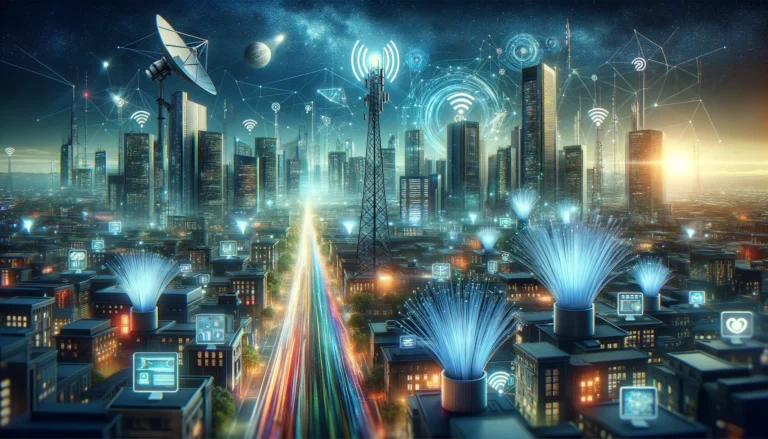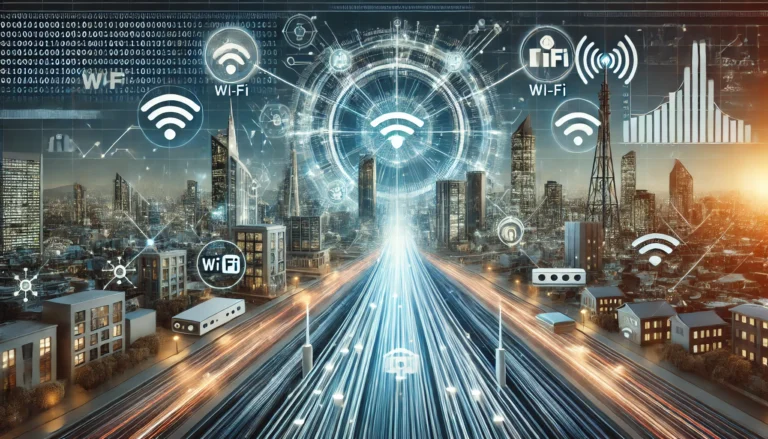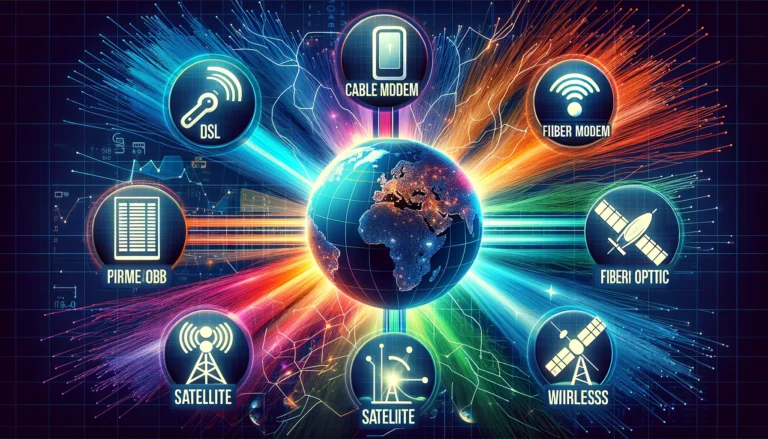The Crucial Role of Broadband Technology in Bridging the Digital Divide
In our contemporary digital era, broadband technology stands as a vital force in bridging the digital divide. The term “digital divide” signifies the divide that separates those with access to dependable high-speed internet connections from those who lack it. This chasm represents inequalities in internet access, resulting in significant disparities in opportunities, resources, and overall quality of life for individuals and communities.

Broadband technology is now synonymous with high-speed internet access, and its widespread availability is imperative for creating a more equitable and inclusive digital world. In this article, we will delve into the pivotal role that broadband technology plays in addressing the digital divide, its multifaceted impact on society, and the ongoing efforts to narrow this gap.
Expanding Access in Rural Areas
One of the most pressing challenges in bridging the digital divide is ensuring that broadband technology is accessible to all, including rural communities. Historically, rural areas have lagged behind in the digital age due to the exorbitant costs associated with deploying broadband infrastructure. However, recent initiatives have focused on extending broadband networks to underserved and remote regions.
5G and Its Transformative Potential for Connectivity
The deployment of 5G networks promises to revolutionize internet connectivity. With unprecedented speed and minimal latency, 5G can offer reliable internet access even in the remotest areas. This technology is poised to be a game-changer in narrowing the digital divide by providing faster and more accessible internet connections to underserved regions.
Digital Literacy and Essential Skills
Mere access to broadband internet is insufficient; individuals also need essential digital skills to effectively navigate the digital landscape. Digital literacy is essential for utilizing digital tools, accessing information and communication technologies, and participating in the global digital economy. Efforts to bridge the digital divide encompass initiatives aimed at enhancing digital literacy in underserved communities.
The Impact on Economic Growth
Access to reliable high-speed internet is closely intertwined with economic growth. In today’s digital economy, businesses and individuals depend on broadband technology for diverse activities, from online commerce to remote work and education. Narrowing the digital divide can stimulate economic development in underserved areas, offering opportunities for employment and entrepreneurship.
The Digital Divide Amid the Pandemic
The COVID-19 pandemic has underscored the urgency of addressing the digital divide. With many aspects of daily life moving online, individuals without access to broadband technology found themselves at a significant disadvantage. Access to modern information and communication technologies became essential for remote work, virtual learning, and healthcare access. The pandemic emphasized the crucial need to bridge the gap in internet access and digital technology.
Government Initiatives and Funding for Broadband
Governments worldwide have recognized the significance of broadband deployment in bridging the digital divide. Various initiatives and funding programs have been implemented to support the expansion of broadband infrastructure in underserved areas. These endeavors aim to ensure that everyone enjoys equal access to the opportunities presented by the digital world.
Affordability of Broadband
In addition to availability, the affordability of broadband is a critical factor in closing the digital divide. High-speed broadband can be prohibitively expensive, rendering it inaccessible to many low-income individuals and families. Measures are being explored to address this issue, including reducing the cost of broadband services and providing subsidies to those in need.
The Future of Bridging the Digital Divide
Bridging the digital divide is an ongoing mission that requires collaboration between governments, service providers, and community organizations. It encompasses expanding broadband penetration, fostering digital literacy, and ensuring that all individuals and communities have access to reliable internet connectivity.
In conclusion, broadband technology occupies a pivotal position in addressing the digital divide by ensuring equal access to high-speed internet connections. It possesses the potential to ignite economic growth, strengthen digital skills, and establish a more inclusive and equitable digital world. The efforts to bridge the digital divide are continually evolving, and with sustained investments and initiatives, we can envision a future where disparities in internet access become a relic of the past. Closing the digital divide is not merely an aspiration; it is an imperative for constructing a more connected and prosperous society.



